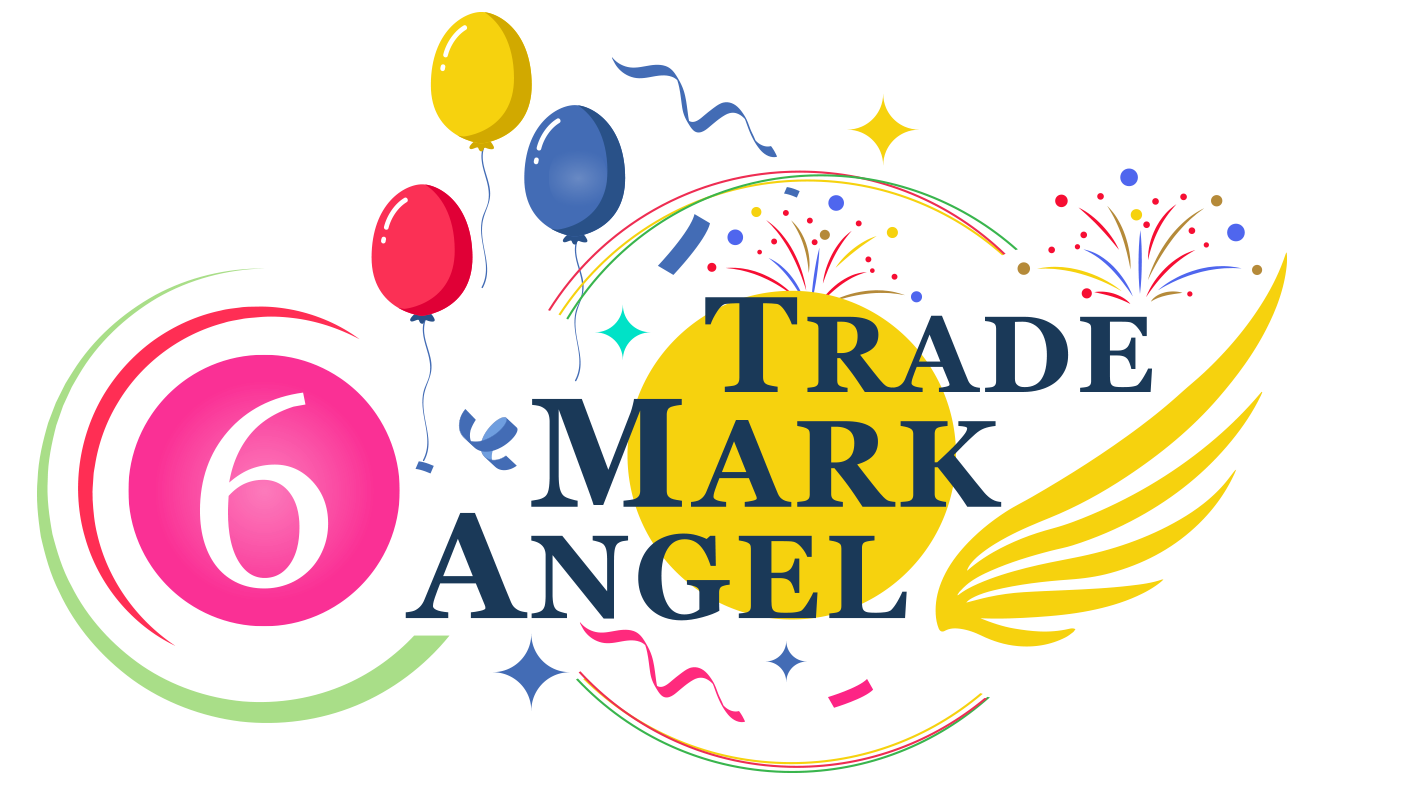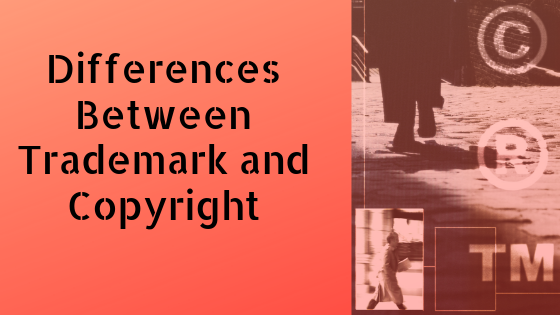Copyright Protection for Amazon sellers
Copyright is very important to protect to make reporting copyright infringement to Amazon easier. Don’t neglect registering your copyright! While Amazon Brand Registry (ABR) is a hype, many, if not all, mistake it as an all-in-one protection card. The ABR, as its name suggests, merely protects a seller’s brand or trademark within the Amazon platform. [...]



